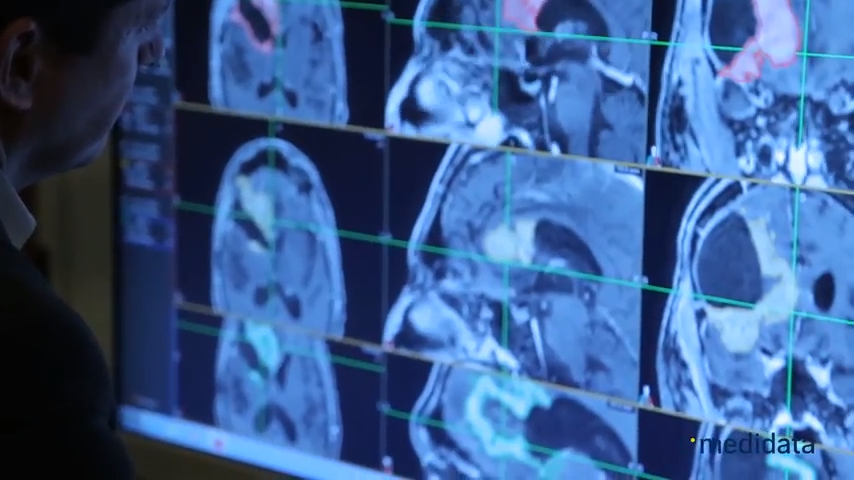The origins of the specialization can be traced back to the technical nature of X-ray image capturing and probably, most importantly, the difficulty of revealing, developing, and transporting pictures on a fragile glass plate for the consequent clarification.
Even though the pressure in the early 1900s to describe radiology as a practical service, radiographic image elucidation and broadcasting are the requirements for medically skilled specialists.
Radiologists are clinical experts who also become specialists in image emerging know-how.
Key element:
Radiology is the key element in the diagnostic tool for many disorders and has the most significant and pivotal role in monitoring medications and predicting the results and conclusions.
Imaging modalities:
It has many imaging modalities in its assemblage, which have to contradict the physical rules of fluctuated complexity. The functional detail and compassion of these methods are now of a high order.
The Molecular Medicine:
Increasing advances in technology and digital imaging have also facilitated the images manufactured to be post-processed, deployed, and conveyed worldwide.
In technological developments, most of the roles played by the individuals are of a radiologist. They are in charge of so much of the assessment of the fortes and feebleness of changed surveys.
Radiologists have developed the knowledge of the appropriate assimilated imaging algorithms to take full advantage of clinical effectiveness. Radiologists have also been in charge of executing these enlargements into the clinical setting to make the best use of properties and healthcare possessions.
In different scenarios, the better-quality image clarity and tissue discrepancy have dramatically increased the data range.
For functional evaluation, the cellular activity created a new encounter for radiologists using imaging. For the most part, physical activity has been based on the functional and pathological model with the same degree of know-how in physiology and cell function.
Radiologists training programs:
Clinical experts believe that radiologists have underwritten the maintenance of the patients. To use the new approaches to evaluate clinical questions in the most effective way, it is therefore mandatory for radiologists to do this job. The radiologists training program for Europe is now the predominant system to ensure that the radiologist can answer back the multiple collaborations of patient’s care.
Even though the developments are now occurring and affect all radiologists who are satisfied with their complete position within the relevant health care system in most European countries, the training programs are repositioning radiology.
There is a shortage of radiologists in most countries, which may decrease the opportunity and the quick rise in workload and difficulty level of examination.
Also read: How Does Medical Virtual Reality Make Healthcare More feasible?
Specialization in radiology:
One reason for the slow increment in radiologists’ degree of specialization is that the ESR has strongly advocated the systems and the disease-related systemizations in its program of study.
Some of the radiologists have to concentrate on specific imaging modalities, which may have helped create these modalities. But in the range of imaging techniques to evaluate specific clinical scenarios, the method is not appropriate when dealing with clinicians who have all specialized along with system and disease-based pathways. The contemporary prospectus for training has been modified to take this procedure into account.
The idea is inspired by NCBI.
